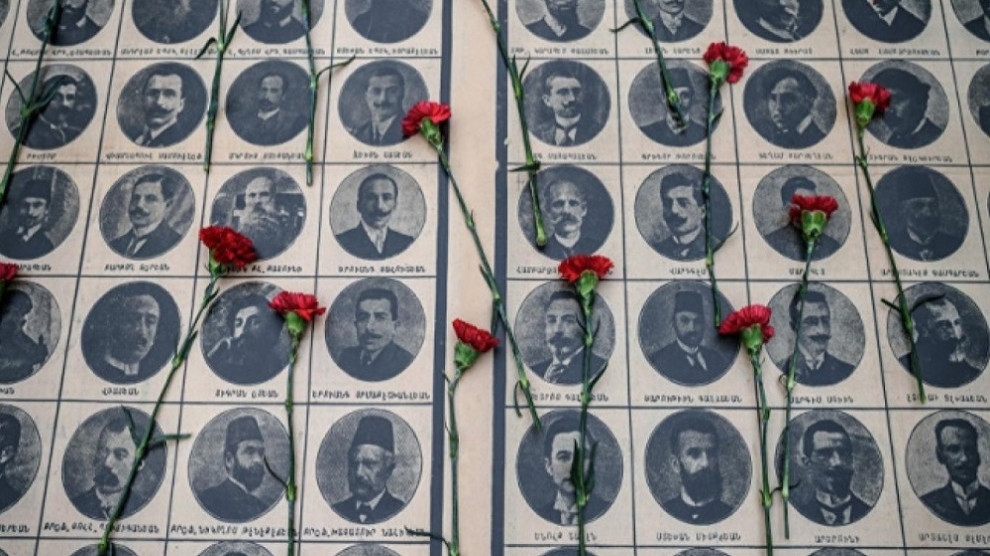The bloody history of the Ottomans in Syria
While the Turkish state is trying to spread the new Ottomanism to the Middle East by updating its Syrian version, the bloody face of the Ottomans still preserves its freshness.
While the Turkish state is trying to spread the new Ottomanism to the Middle East by updating its Syrian version, the bloody face of the Ottomans still preserves its freshness.

The Turkish state tried to play a role in the Arab Spring, which started in 2010, promoting a sort of Neo Ottomanism dream. It started a proxy war in Syria through jihadist Salafist organizations since the beginning of the country's civil war in 2011.
After the ISIS-Free Syrian Army (FSA) - put on the field by the Turkish state - was defeated, this time, around 2016, following the traces of the ancient massacres, it started to occupy Syria with its mercenaries.
The Turkish state began to hire ISIS mercenaries on 24 August 2016, when the operation called "Euphrates Shield" began. It carried out a proxy war on the cities of Jerablus, Ezaz and al Bab.
The date, 24 August 2016, when the Neo Ottomans invaded, coincided with the 500th anniversary of the Battle of Marj Dābiq, which enabled the Ottoman state to enter Syria.
The Mamluk Sultanate was defeated in the Battle of Marj Dābiq between the Ottoman Empire and Mamluk Sultanate on 24 August 1516, in the Dabık plain (Shehba region) between al Bab and Ezaz, and the Ottoman region dominated from east and west.
Shehba was also of key importance for the Ottoman state for Aleppo, Damascus, Palestine, Egypt and Morocco and the entire Arabian Peninsula.
After the battle of Marj Dābiq, after the gates of the Middle East and North Africa opened to the Ottomans, they then spread to the Mediterranean from Bulgaria to Egypt and Libya.
During the 400-year rule in the region, the Ottoman Empire carried out many massacres. The sword of the Ottoman was not forgotten in the minds of the people who stood against the heavy tax burden and the enlistment of their children.
The Ottoman Empire carried out genocide, ethnic cleansing, demographic changes. Historians also remember the Ottoman period as the date of slaughter of peoples and beliefs.
Hisên Fozî, Professor of Ezher University, who carried out extensive research on the massacres and genocides of the Ottoman people in Egypt, Syria and Lebanon, said: "The Ottoman Sultanate invaded the region in 1516 and carried out massacres and plunders wherever they went."